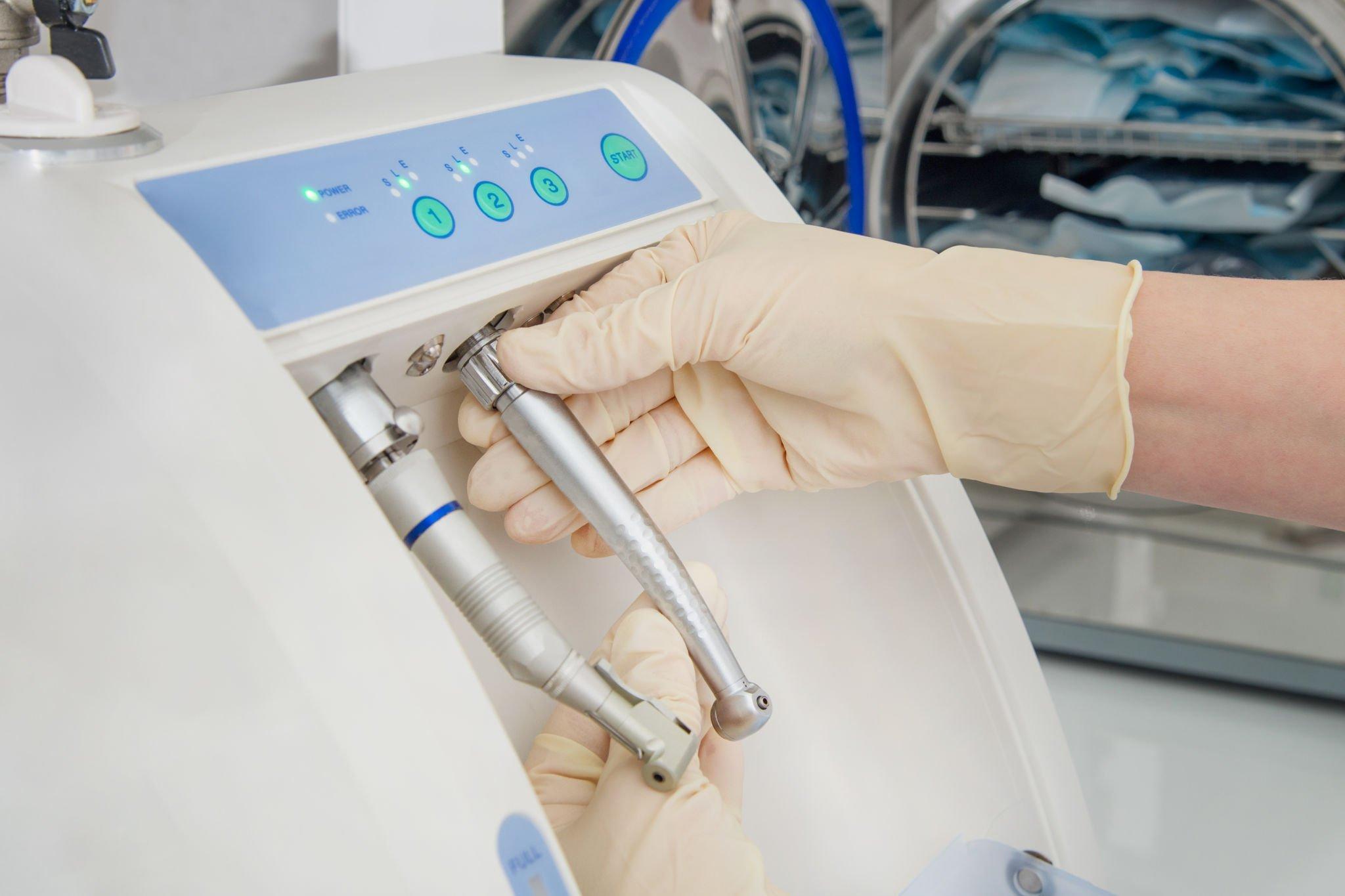Gingivitis is an often painful inflammation of the gums, or gingiva. It typically occurs due to plaque buildup on the teeth.
Gingivitis is a common condition that affects most adults at some point in their life. It is a form of gum disease that typically causes mild symptoms. However, it can progress into a more severe condition if a person does not treat its root cause.
Key points about gingivitis include:
- Bacterial buildup around the teeth is the most common cause of gingivitis.
- The main symptom of gingivitis is red, puffy gums that may bleed when a person brushes their teeth.
- Gingivitis often resolves with good oral hygiene, such as longer and more frequent brushing, and regular flossing. In addition, an antiseptic mouthwash may help.
This article details the types, causes, and symptoms of gingivitis. It also discusses what a person can do to treat and prevent gingivitis.
Gingivitis overview

Gingivitis is a non-destructive type of periodontal disease. People may generally refer to this as gum disease. Gingivitis is an early form of gum disease and typically produces mild symptoms.
There are two main types of gingivitis. Dental plaque-induced gingivitis occurs when plaque buildup irritates a person’s gums, resulting in inflammation, discoloration, and pain.
In contrast, non-plaque-induced gingival lesions can result from a bacterial, viral, or fungal infection. Allergic reactions, illnesses, and reactions to foreign bodies, such as dentures, may also cause this type of gingivitis.
Both types of gingivitis can progress to periodontitis if a person does not treat it adequately. Periodontitis is a more severe condition and can lead to further complications, such as loss of teeth.
Other causes and risk factors
Several underlying conditions and outside factors can increase plaque formation or a person’s risk of gum inflammation.
- Changes in hormones: This may occur during puberty, menopause, the menstrual cycle, and pregnancy. The gums might become more sensitive, raising the risk of inflammation.
- Some diseases: Cancer, diabetes, and HIV are linked to a higher risk of gingivitis.
- Drugs: Medications that reduce saliva production can impact a person’s oral health. Dilantin, an epilepsy medication, and angina drugs can also cause abnormal growth of gum tissue, increasing the risk of inflammation.
- Smoking: Regular smokers more commonly develop gingivitis than non-smokers.
- Age: The risk of gingivitis increases with age.
- Family history: Those whose parent or parents have had gingivitis have a higher risk of developing it too.
Signs and symptoms

The signs and symptoms of gingivitis might include:
- gum inflammation and discoloration
- tender gums that may be painful to the touch
- bleeding from the gums when brushing or flossing
- halitosis, or bad breath
- receding gums
- soft gums
However, in mild cases of gingivitis, there may be no discomfort or noticeable symptoms.
Diagnosis
A dentist or oral hygienist will check for symptoms, such as plaque and tartar in the oral cavity.
They may also order tests to check for signs of periodontitis. This can be done by X-ray or periodontal probing, using an instrument that measures pocket depths around a tooth.
Treatment
If diagnosis happens early and treatment is prompt and proper, a person may be able to treat gingivitis at home with good oral hygiene.
However, if symptoms do not resolve, or the condition affects a person’s quality of life, they may wish to seek professional help.
Treatment often involves care by a dental professional and follow-up procedures carried out by the patient at home.
Professional dental care
A dental professional may initially carry out scaling. This is so they can remove excess plaque and tartar. This can be uncomfortable, especially if the tartar buildup is extensive or the gums are sensitive.
Once they have cleaned a person’s teeth, the dental professional will explain the importance of oral hygiene and how to brush and floss effectively.
They may recommend follow-up appointments to monitor a person’s plaque and tartar. This will allow the dental professional to catch and treat any recurrences quickly.
Fixing any damaged teeth also contributes to oral hygiene. Some dental problems, such as crooked teeth, badly fitted crowns, or bridges, may make it harder to remove plaque and tartar properly. They can also irritate the gums.
Prevention
A person may be able to prevent gingivitis at home by practicing regular good oral hygiene. This includes:
- brushing teeth at least twice a day
- using an electric toothbrush
- flossing teeth at least once a day
- regularly rinsing the mouth with an antiseptic mouthwash
Complications
Treating gingivitis and following the dental health professional’s instructions can typically prevent complications.
However, gum disease can spread and affect tissue, teeth, and bones if left untreated.
Complications include:
- abscess or infection in the gingiva or jaw bone
- periodontitis — a more serious condition that can lead to loss of bone and teeth
- recurrent gingivitis
- trench mouth, where bacterial infection leads to ulceration of the gums
Summary
Gingivitis is a common type of gum disease. It is the result of bacterial buildup on the teeth. This buildup irritates surrounding gum tissue and can cause the gums to become inflamed, discolored, and painful to the touch.
Most people can treat gingivitis with regular good oral hygiene practices. Regular dental checkups can help to identify signs of gum disease and treat them in good time.




